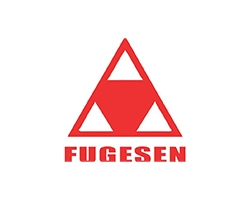Molybdenum piercing plugs are mainly used in the glass manufacturing industry for processes such as drawing glass fibers, pressing glass, and manufacturing glass containers. The high melting point, strength, and durability of molybdenum make it an ideal material for piercing tools in glass manufacturing industries.
One of the primary applications of molybdenum piercing plugs is in the production of glass fibers used in the telecommunications and electronics industry. During the fiber drawing process, a molybdenum piercing plug is used to create a hole in the molten glass, enabling drawing of the glass into a long, thin fiber.
Molybdenum piercing plugs are also used in the manufacture of various glass containers, such as bottles and jars. The piercing plug is used to create a hole in the molten glass after it is injected into a mold, and then the glass is allowed to cool and solidify around the plug, creating a container with an opening.
The excellent thermal conductivity of molybdenum provides an advantage during glass manufacturing processes, allowing the tip of the piercing plug to heat up quickly and maintain a constant temperature, ensuring uniform hole formation.
In conclusion, molybdenum piercing plugs find a wide range of applications in the glass manufacturing industry due to their high-temperature resistance, strength, durability, and excellent thermal conductivity.


 EN
EN
 jp
jp  ko
ko  fr
fr  de
de  es
es  it
it  ru
ru  pt
pt  ar
ar  tr
tr 
















































